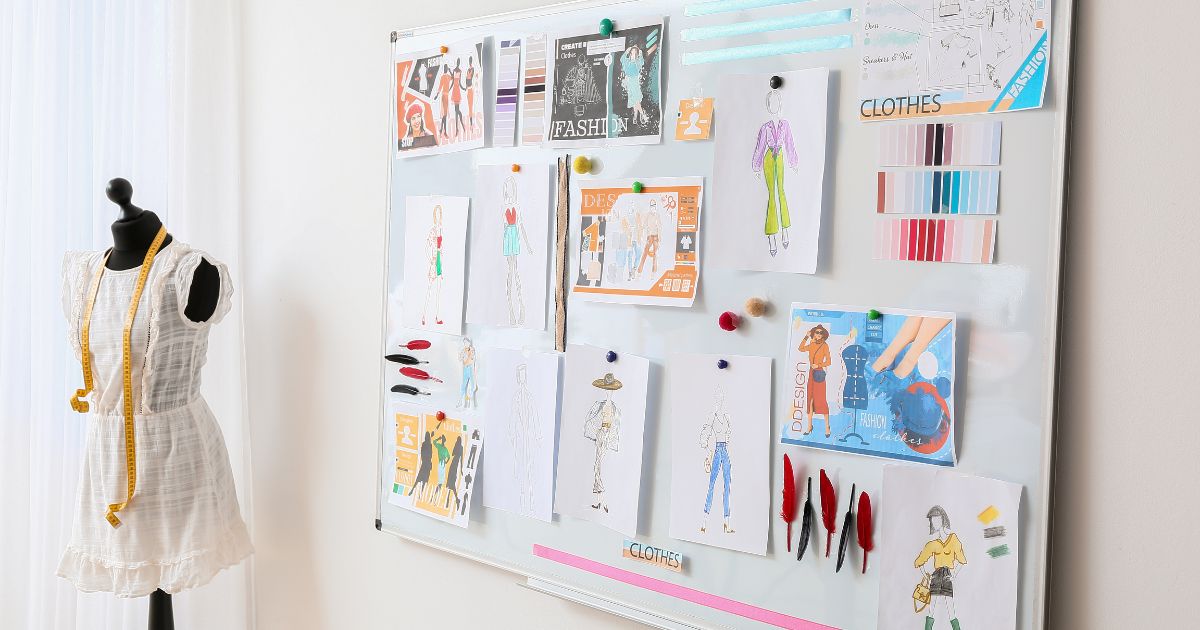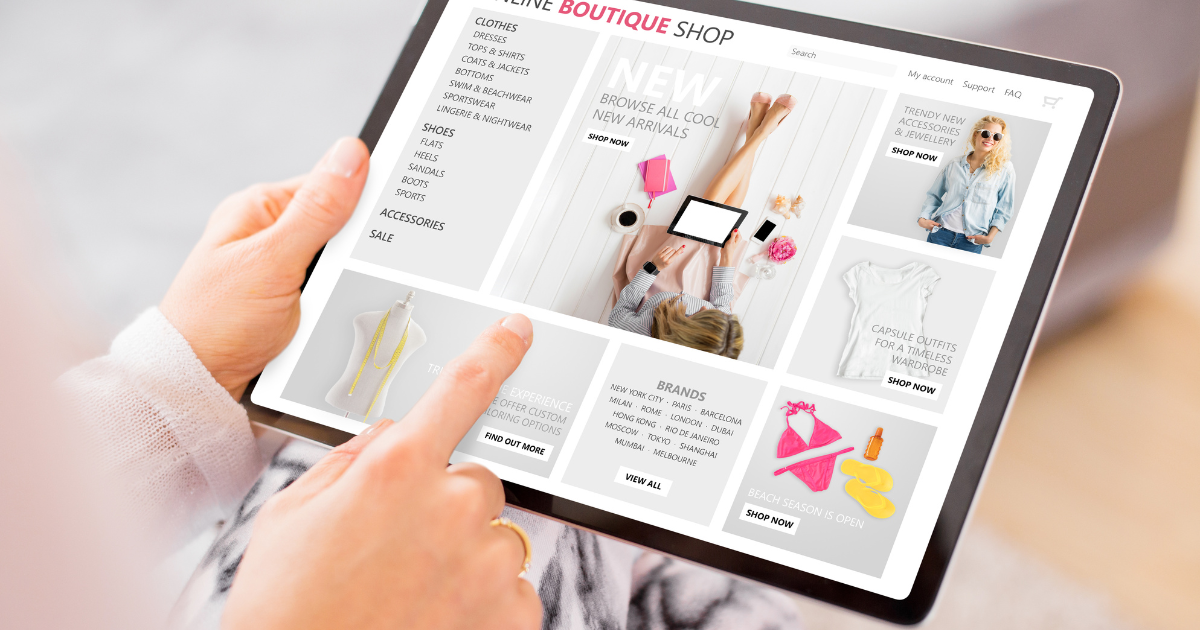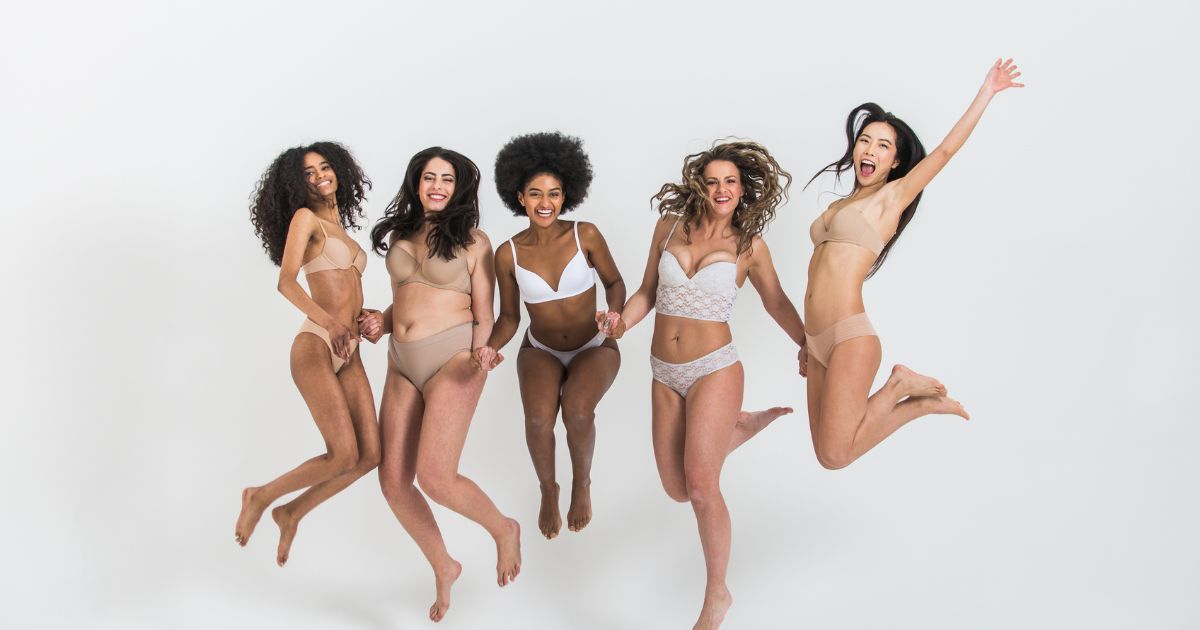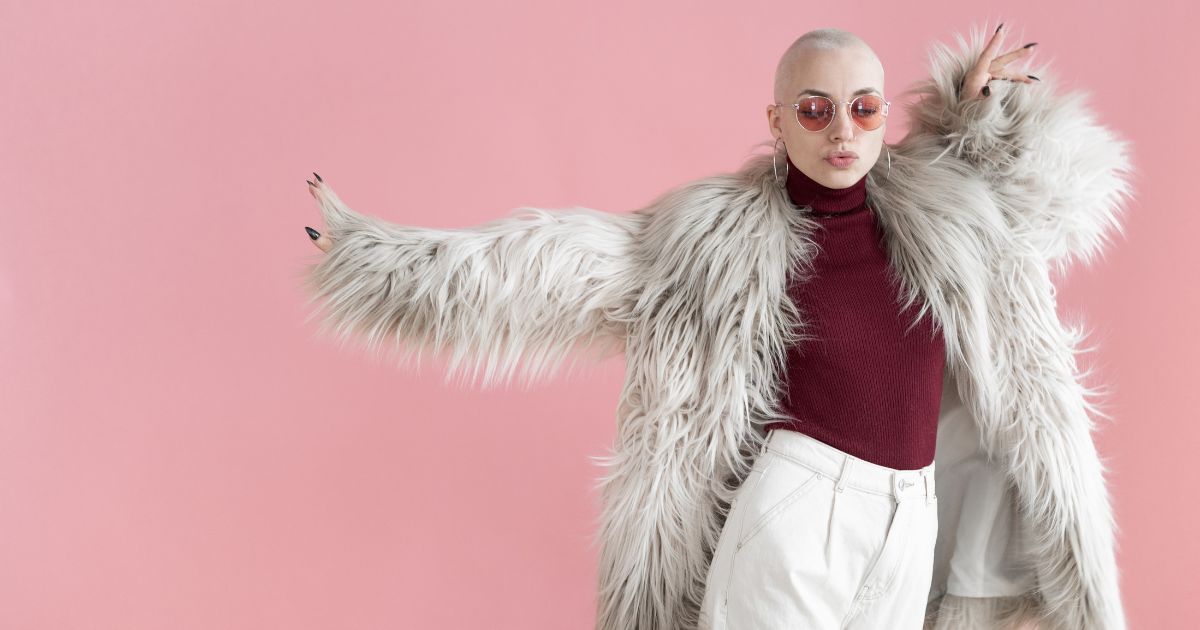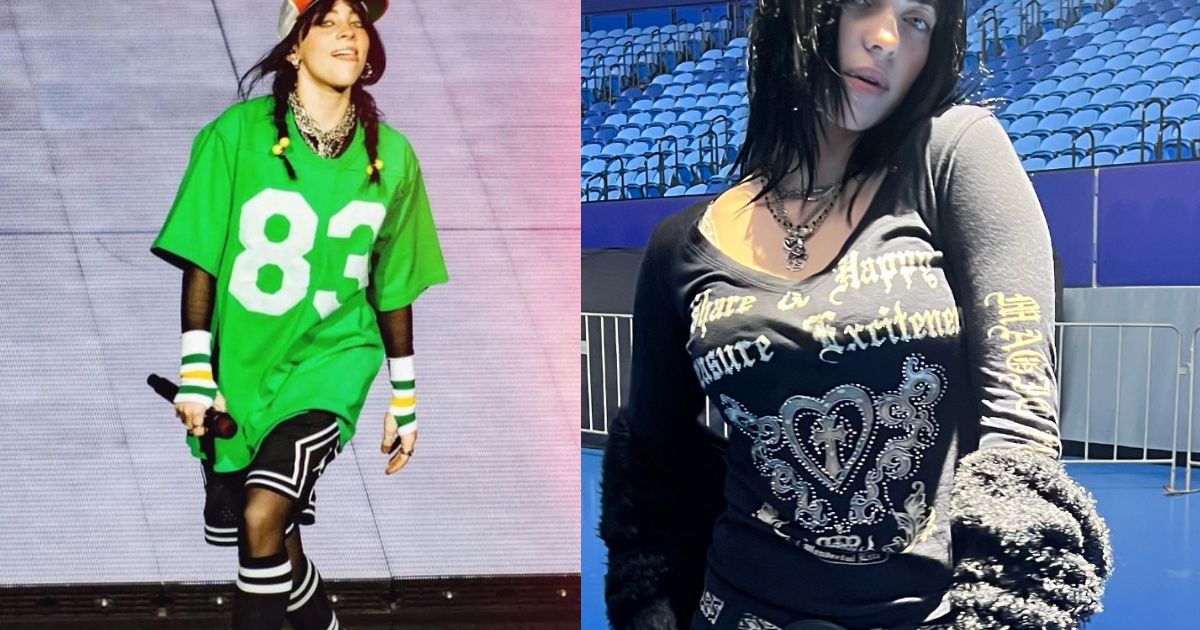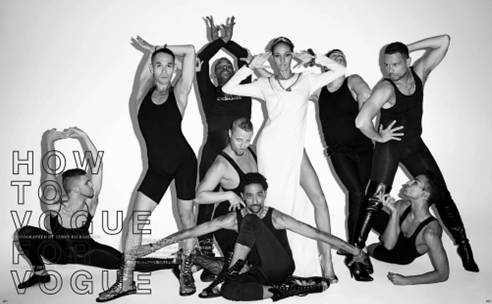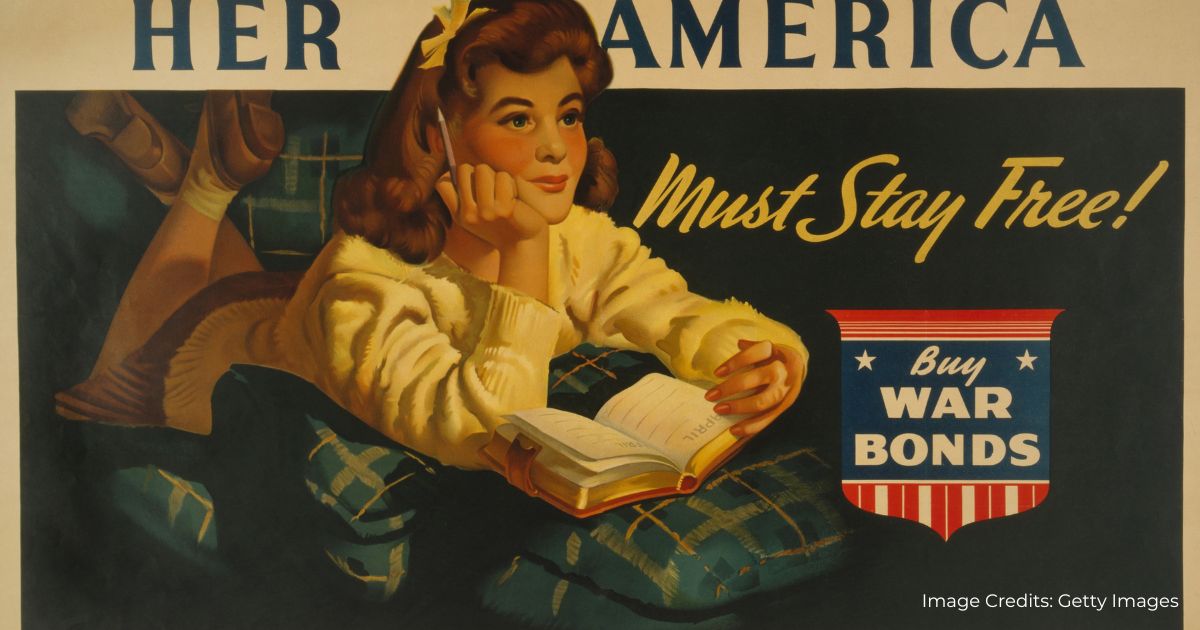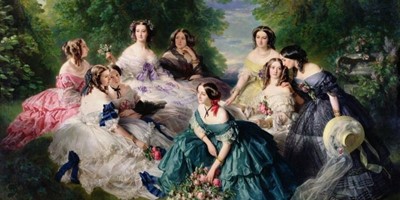Colours play an important part not just in fashion, but life as well. We have preferences for certain colours and that reflects in our purchasing habits. It is no surprise that these preferences are taken into consideration by fashion brands to tap into the emotions of the customers and use them to their benefit.
Fashion brands use colour psychology in designing, labelling, packaging and their marketing campaigns.
Colour psychology is the study of how different colours affect the behaviour, emotion and mood of an individual. Different colours are generally said to evoke different emotions in an individual as each colour has its own significance and meaning. Let us look at the significance of various colours and how fashion brands are using them.
Red – it is associated with energy, power and boldness. It is a bright colour and is used to denote aggression and defiance. It is a colour of passion and is used by fashion brands to grab attention.
Blue – it is associated with calmness, water and serenity. It has a soothing effect on the mind. It also denotes coldness and lack of emotion. Fashion brands use it to promote reliable products.
Yellow– it is associated with optimism, creativity and sunshine. It can lift self-esteem and confidence. It represents joy and increases concentration. Fashion brands use it to promote their summer collection.
Green – it is associated with restfulness, environment and balance. It also represents growth and is used by fashion brands to promote their eco-friendly products.
Pink – it is associated with feminity, softness and warmth. It denotes romance and is taken to be a nurturing colour. Fashion brands use it to target women in their marketing campaigns for cosmetics and lingerie.
Black – it is associated with glamour and sophistication. It is said to absorb all the energy. It also creates a sense of heaviness and oppression. It represents night and fashion brands use it to promote their high-end products.
White – it is associated with purity, freedom and clarity. It is a total reflection and represents innocence and goodness.
Generally, warm colours are associated with excitement and positivity while cool colours are associated with serenity. These colours can be used to create a cohesive look and feel for the fashion brand, with certain colours becoming associated with the brand’s identity and message.
The visual appearance of products including a combination of colours can also be registered in the form of trade dress. For protection as trade dress, the packaging of the product should be distinct, it should be non-functional in nature and the colour should give the product a unique identity which helps in distinguishing the product from the competitors.
For example, if we look at the Hermes packaging, we will instantly recognize the brand the package belongs to, without even looking at the logo. Similarly, Christian Louboutin Red Soles and Tiffany’s Blue packaging are also protected.
With the rise in digital technology, accurate colour representation is becoming extremely important for a seamless shopping experience for customers as well.
In conclusion, we can say that the power of colour psychology is undeniable. By understanding colour psychology, fashion brands can create a strong visual identity that can drive their sales and communicate their brand message and contribute to their success in a big way.
References
https://www.transcontinentaltimes.com/power-of-colour-psychology-fashion/
https://community.thriveglobal.com/the-psychological-properties-of-colour-in-fashion
https://blog.ipleaders.in/trade-dress-protection/







